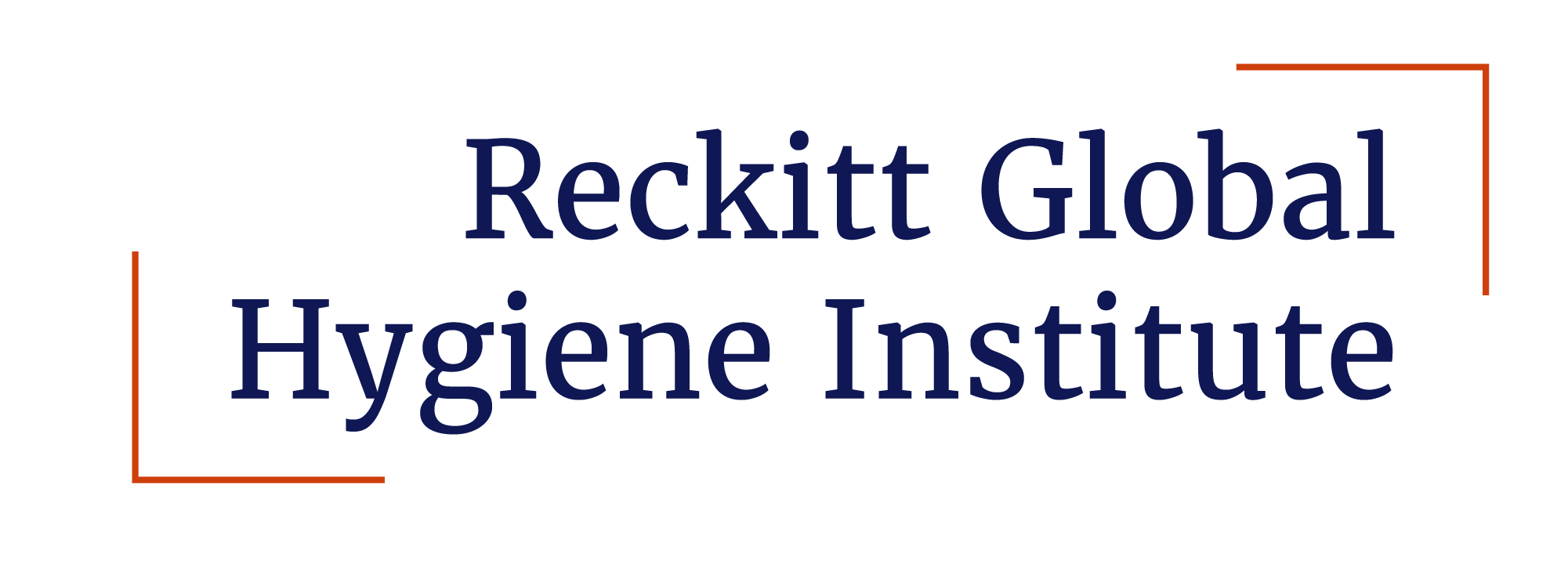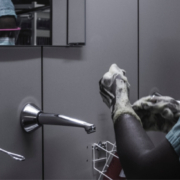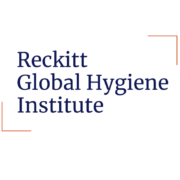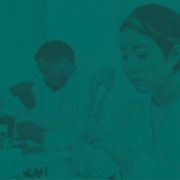Heeding lessons of hygiene health from a remarkable 19th century Hungarian physician
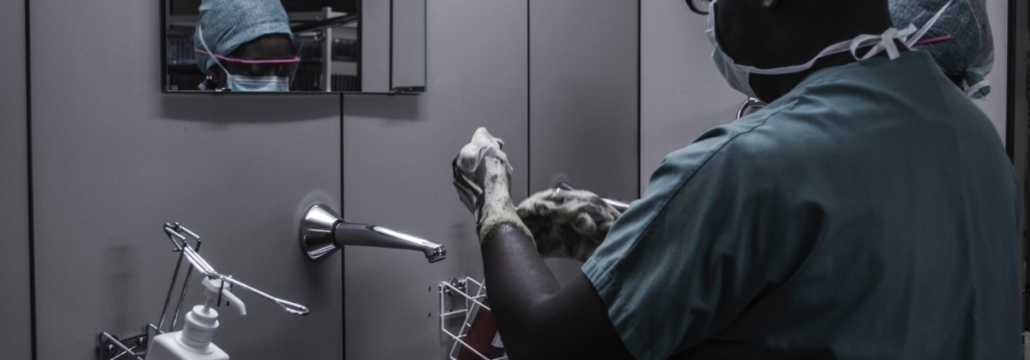
The reviews are glowing for “Dr. Semmelweis,” a play about a remarkable 19thcentury Hungarian physician who is now considered a giant in hygiene health. His insistence on requiring hand disinfection in obstetrical clinics led to dramatic decreases in mortality from puerperal fever—also known as childbed fever—among mothers giving birth.
The play, at London’s Harold Pinter Theater through early October, provides a window into the real Dr. Ignaz Philippe Semmelweis, who received far less than glowing reviews during his lifetime when he encountered steep resistance from the medical establishment. In fact, his important findings about the value of hygiene health were largely ignored and even mocked by members of the medical establishment at the time.
However, the play also provides an opportunity to examine the significance of Semmelweis’ hygiene breakthrough, which remains critically important and resonates strongly today.
“The discovery by Dr. Semmelweis about the difference that washing hands with soap made to the mortality rates in the maternity ward in his hospital and in other places where he worked was simple and profound. It shows how important it is to create and maintain a hygienic environment, which can save lives and be an enormous benefit for people around the world,” according to David Wheeler, RGHI’s acting executive director.
RGHI’s efforts focus on advancing hygiene health through handwashing and other hygiene interventions, because this can help stem the loss of millions of lives every year that are due to communicable and preventable diseases related to poor hygiene.
Semmelweis, who lived from 1818-1865, tried to do his part to stem one such communicable and preventable disease: puerperal fever, which we now know is due to a bacterial blood infection. Semmelweis, after graduating from medical school, took a position in 1846 as an assistant in the Vienna General Hospital’s First Obstetrical Clinic in Austria. There, he noticed that the average mortality rate at the First Clinic was about 10% due to puerperal fever, and that the mortality rate at the hospital’s Second Clinic averaged less than 4%.
A major difference between the clinics was that the First Clinic taught medical students who also studied cadavers, whereas the Second Clinic taught midwives only. Semmelweis’ breakthrough came after a professor of forensic medicine at the hospital died in 1847 due to his finger being nicked by a knife used in an autopsy. Semmelweis noted that the disease that killed the professor was identical to what had killed hundreds of maternity patients. This led Semmelweis to propose that “cadaverous particles” were being carried by medical students and others from the autopsy room to the patients being examined in the First Clinic. At that clinic, Semmelweis required a solution of chlorinated lime for people to wash hands between autopsy work and examining patients.
This hand washing led to a sharp decline in the mortality rate there, a success Semmelweis duplicated at other hospitals where he later worked. Unfortunately, Semmelweis’ finding came before the germ theory of disease had been accepted; that, along with other factors, stymied Semmelweis and his work.
Semmelweis tried to do his part to promote hygiene in order to stop deaths and misery, though his work was not embraced until after his death.
RGHI is building on Semmelweis’ hygiene legacy. RGHI grew out of the need and the goal to nurture the hygiene field and put hygiene on the agenda, by bringing hygiene, and its benefits, to the attention of the public and policy makers for the good of all.
Diarrheal disease, respiratory illnesses, infectious blindness, and other ailments cause preventable sickness and death to millions of children each year as a result of poor hygiene. In addition, poor hygiene damages future prospects in low-, middle-, and even high-income economies; and it leads to significant economic opportunity lost in specific industries, such as tourism, that support vulnerable populations globally.
RGHI is helping to define the hygiene agenda by supporting focused research on hygiene interventions including hygienic behavior change, and by convening experts in relevant research fields, with the goal of establishing a coherent behavioral, epidemiological, and economic basis for good hygiene practice. RGHI is building and using this body of knowledge to propel the issue of hygiene globally and to inform and cultivate policy decision-makers to implement scalable programs of systematic hygiene that will result in measurably healthier people and economies.
While Dr. Semmelweis was ahead of his time, we think the time is ripe now to make real and lasting progress on hygiene globally.
